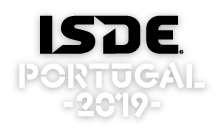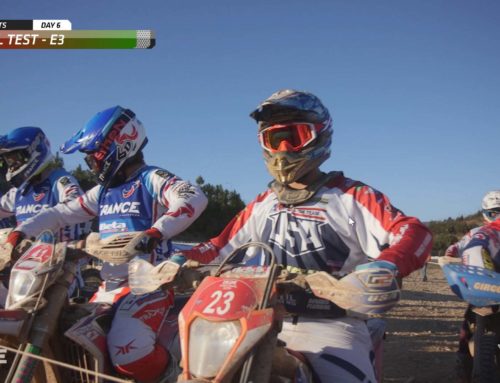Behind a competition like the International Six Days of Enduro (ISDE), there is a whole logistic operation among which is the sustainability area. Each FIM event and the ISDE is no exception, must comply with a whole series of regulations described in the FIM Environmental Code. This code was first approved in 1996 and is a living document based on continuous improvement, so the International Sustainability Commission (CID), reviews it and adapts it to the latest trends in the field.
Among the most basic regulations are:
- The measurement of the sound level to ensure that noise pollution does not exceed the legal limits.
- Is mandatory the use of an absorbent mat in each place of service or refuelling.
- The collection and management of waste materials coming from motorcycle services.
- Provisions for waste management.
- Route selection considering vulnerable sites.
- Cleaning of the venues immediately after the competition, trying not only to clean the locations, but taking care of the safety of the species in the area.
- Restoration of the used areas.
Each FIM competition has the presence of an Environmental Steward who is the holder of a FIM environmental licence and who is responsible for carrying out all the necessary actions for the Environmental Code to be applied. To obtain the Environmental Licence every three years, the candidate must complete a full two days seminar and pass a theoretical and practical test. Also, in this event, a CID delegate is present to audit the event. The Ride Green programme implemented by the CID dates from 1992 and is considered one of the most completed in the sports World





